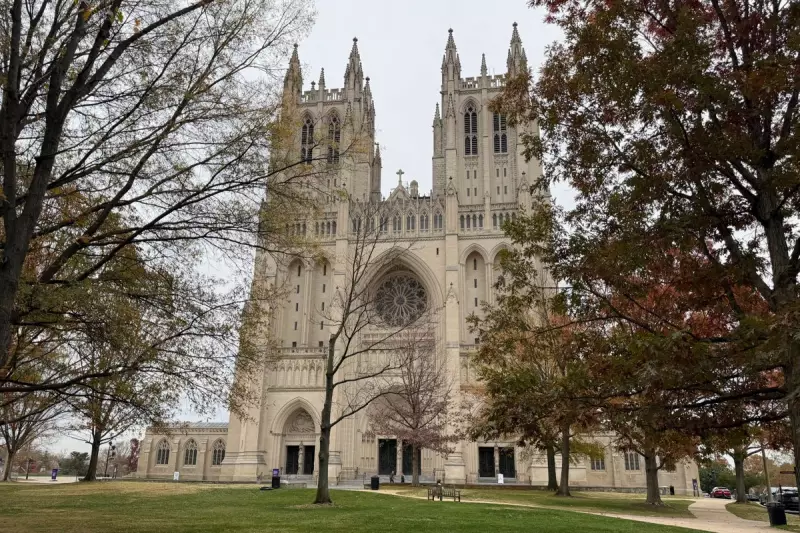
The forthcoming funeral service for former Vice President Dick Cheney at the Washington National Cathedral places him within a distinguished, bipartisan group of American luminaries memorialised at this sacred site. This hallowed ground serves as a unique chronicle of the nation's narrative, where the final journeys of its most prominent citizens are honoured.
A Church for the Nation: History in the Making
From its inception, the cathedral was conceived as a national institution. French-born architect Pierre L’Enfant’s original vision for Washington, D.C. included a church “for national purposes,” a concept realised when a congressional charter authorised its construction in 1893. The building, dedicated to religion, education, and charity, broke ground in 1907 with President Theodore Roosevelt presiding over the ceremony. Remarkably, construction of the Protestant Episcopalian church spanned most of the twentieth century, reaching completion only in 1990.
Today, the cathedral stands as a monumental achievement in Gothic architecture. It is the sixth largest cathedral in the world and the second largest in the United States, following New York's Cathedral of St. John the Divine.
Final Journeys That Paint a National Portrait
The funerals held within its walls provide profound insights into the nation's character and its leaders. Presidents from Dwight D. Eisenhower to Jimmy Carter have been honoured with state funerals here. The cathedral has also hosted services for trailblazers like Thurgood Marshall, the first Black Supreme Court Justice, and Neil Armstrong, the pioneering astronaut who first walked on the moon.
These ceremonies often reveal poignant personal details. For Eisenhower's 1969 funeral, the World War II general was laid to rest in his wartime uniform and a simple, government-issued casket, as he had requested. At Ronald Reagan's 2004 service, a pre-recorded eulogy from former British Prime Minister Margaret Thatcher was played, while his former Cold War adversary, Soviet leader Mikhail Gorbachev, attended in person.
The connection between the deceased and the cathedral is sometimes woven directly into its fabric. A sliver of moon rock collected by Neil Armstrong's Apollo 11 mission is embedded within a stained-glass window known as the “Space Window,” dedicated in 1974.
A Selective Final Resting Place
Interment within the cathedral compound is a rare honour. President Woodrow Wilson is the only president buried there, alongside his wife, First Lady Edith Wilson. The ashes of Matthew Shepard, the gay University of Wyoming student whose 1998 murder became a national symbol of the fight against hate crimes, are also interred at the cathedral.
Rev. Canon Jan Naylor Cope, the cathedral's Provost, described visits to Shepard's grave as a “pilgrimage,” reflecting the institution's desire to be a “house of prayer for all people. No exceptions.” While the initial burials were for those associated with the building itself, today, interested parties must apply for the privilege, with only 220 individuals interred there in total.
The cathedral's stained-glass windows themselves tell a evolving national story. In a significant act of reckoning, the cathedral removed windows commemorating Confederate Generals Robert E. Lee and Stonewall Jackson in 2017. These were replaced in 2023 with new windows featuring a racial justice theme.
Beyond funerals, the cathedral has been a place of solace and ceremony for sitting presidents. During the Iran hostage crisis, President Carter and Vice President Walter Mondale gathered there to pray for the captives. Inaugural prayer services have been held for presidents from Ronald Reagan to Donald Trump.
As Rev. Cope noted, the cathedral is designed to inspire awe and introspection, serving as a final stop for some and a source of inspiration for others to lead “a life of meaning that matters and makes a difference.”





